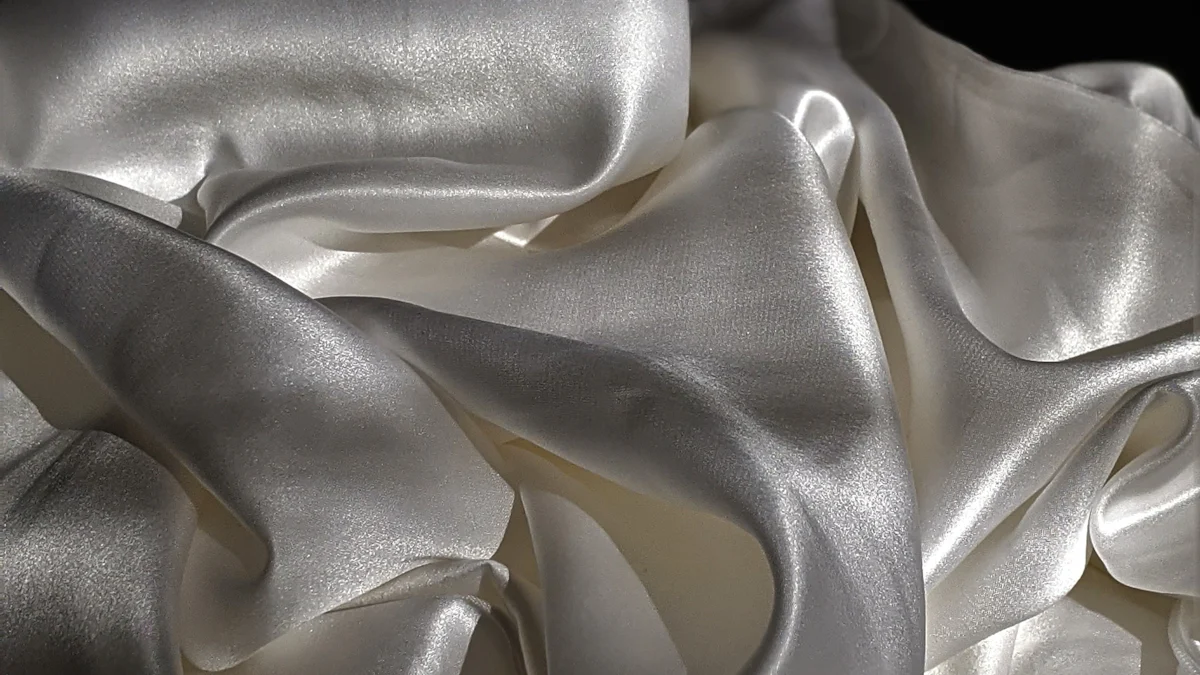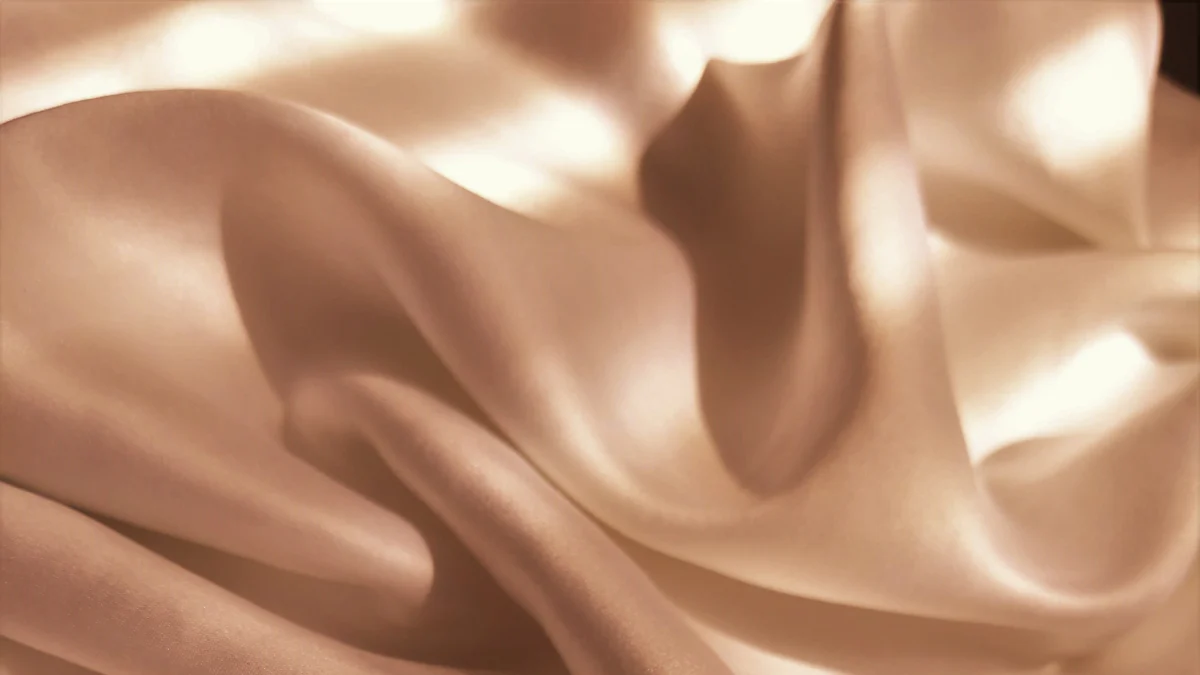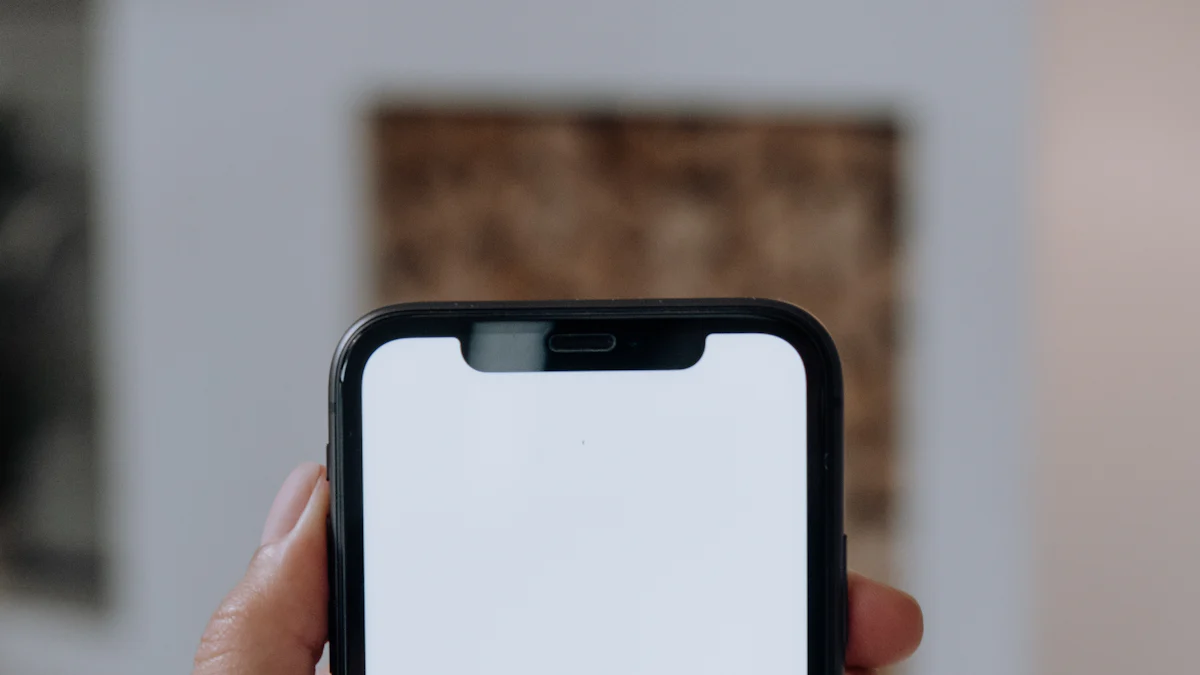
Choosing the right pillowcase can make a big difference in your sleep quality. Many people have turned to polyester pillowcase options for their durability and easy maintenance. But can a poly pillowcase really mimic the luxurious feel of silk? Let’s explore this intriguing question and see if polyester can match up to the elegance of silk.
Understanding the Materials
What is 100% Polyester?
Composition and Manufacturing Process
Polyester is a synthetic fiber made from petroleum-based products. Manufacturers create polyester by polymerizing ethylene glycol and terephthalic acid. This process forms long chains of molecules that are then spun into fibers. These fibers can be woven into various fabrics, including satin. The result is a material that is durable and resistant to wrinkles and shrinking.
Common Uses and Applications
Polyester is versatile and used in many products. Clothing, home furnishings, and industrial applications often feature polyester. Poly pillowcase options are popular due to their affordability and ease of care. Polyester’s durability makes it ideal for items that need frequent washing. Sportswear, outdoor gear, and upholstery also commonly use polyester.
What is Silk?
Natural Origin and Production
Silk is a natural protein fiber produced by silkworms. The process begins when silkworms spin cocoons. Farmers harvest these cocoons and carefully unwind the silk threads. Each cocoon can produce a single thread up to 1,500 meters long. The threads are then woven into fabric, creating a luxurious and smooth texture.
Historical and Modern Uses
Silk has a rich history dating back thousands of years. Ancient China first discovered silk production, and it quickly became a prized commodity. Royalty and nobility often wore silk garments. Today, silk remains a symbol of luxury. Fashion designers use silk for high-end clothing, accessories, and home textiles. Silk pillowcases are renowned for their benefits to skin and hair, offering a soft and friction-free surface.
Comparing Polyester and Silk Pillowcases

Texture and Feel
Smoothness and Softness
A polyester pillowcase feels smooth to the touch. However, silk offers a unique softness that polyester cannot match. Silk has a natural sheen and a luxurious feel. The smooth texture of silk reduces friction against your skin and hair. This helps prevent wrinkles and hair breakage. Polyester pillowcases can feel slightly rougher compared to silk.
Temperature Regulation
Silk excels in temperature regulation. Silk naturally keeps you cool in summer and warm in winter. A polyester pillowcase does not breathe as well as silk. This can make you feel hot and sweaty during warm nights. Silk’s breathability ensures a comfortable sleep environment year-round.
Benefits for Skin and Hair
Hypoallergenic Properties
Both silk and polyester pillowcases offer hypoallergenic properties. However, silk provides superior benefits. Silk resists dust mites, mold, and mildew better than polyester. This makes silk ideal for people with allergies or sensitive skin.
Moisture Retention and Absorption
Silk pillowcases help retain moisture in your skin and hair. This prevents dryness and irritation. A polyester pillowcase is less absorbent. Polyester can draw moisture away from your skin and hair. This can lead to dryness and discomfort over time.
Durability and Maintenance
Washing and Care Instructions
Polyester pillowcases are easy to care for. You can machine wash and dry them without special instructions. Silk pillowcases require more delicate care. Hand washing or using a gentle cycle with mild detergent is recommended for silk. Avoid high heat when drying silk to maintain its quality.
Longevity and Wear
Polyester is known for its durability. A polyester pillowcase can withstand frequent washing and wear. Silk, while luxurious, is more delicate. Silk pillowcases may show signs of wear over time if not properly cared for. However, with proper maintenance, silk can last a long time and retain its luxurious feel.
Cost and Accessibility
Price Comparison
When considering a poly pillowcase, the price often stands out as a major advantage. Polyester pillowcases are generally much more affordable than silk ones. You can find a quality poly pillowcase for a fraction of the cost of a silk pillowcase. This makes polyester an attractive option for budget-conscious shoppers. Silk pillowcases, on the other hand, come with a higher price tag due to the labor-intensive production process and the luxurious feel they offer.
Availability in the Market
Finding a poly pillowcase is usually quite easy. Most retail stores and online marketplaces carry a wide variety of polyester pillowcases. These options range in color, design, and price, making it simple to find one that suits your needs. Silk pillowcases, while available, are less commonly found in everyday stores. You might need to visit specialty shops or browse online boutiques to find high-quality silk pillowcases. The limited availability can make silk pillowcases harder to obtain compared to their polyester counterparts.
User Experiences and Reviews

Testimonials from Polyester Pillowcase Users
Positive Feedback
Many users appreciate the affordability of polyester pillowcases. These pillowcases offer a smooth surface that feels pleasant against the skin. Some users note that polyester pillowcases help reduce hair breakage and frizz. The durability of polyester also receives praise. Frequent washing does not affect the quality, making these pillowcases a practical choice.
“I love my polyester pillowcase! It’s so easy to care for and keeps my hair looking great,” says one satisfied user.
The hypoallergenic properties of polyester also earn positive remarks. People with sensitive skin find these pillowcases comfortable and non-irritating. The wide availability in various colors and designs adds to the appeal.
Common Complaints
Despite the benefits, some users report that polyester pillowcases can feel scratchy. The texture may not match the softness of silk. Another common complaint involves temperature regulation. Users often feel hot and sweaty during warm nights. The lack of breathability can cause discomfort.
“My polyester pillowcase feels nice, but I get too hot at night,” shares another user.
Some users also mention that polyester does not retain moisture well. This can lead to dry skin and hair over time. The synthetic nature of polyester might not appeal to everyone.
Testimonials from Silk Pillowcase Users
Positive Feedback
Silk pillowcases receive high praise for their luxurious feel. Users love the smooth and soft texture that reduces friction. This helps prevent wrinkles and hair breakage. Many people notice an improvement in skin hydration and hair health.
“Switching to a silk pillowcase was the best decision for my skin and hair,” raves one happy customer.
The natural breathability of silk also stands out. Users appreciate the temperature regulation that keeps them cool in summer and warm in winter. The hypoallergenic properties of silk make it ideal for those with allergies or sensitive skin.
Common Complaints
The main drawback of silk pillowcases is the cost. Many users find them expensive compared to polyester pillowcases. The delicate nature of silk also requires careful handling. Washing and drying silk pillowcases need special attention to maintain their quality.
“I love my silk pillowcase, but it’s a hassle to wash,” admits one user.
Some users also mention the limited availability of silk pillowcases. Finding high-quality options can be challenging. Despite these complaints, many users feel that the benefits of silk outweigh the drawbacks.
Polyester pillowcases offer durability and easy maintenance. Silk pillowcases provide a luxurious feel and multiple benefits for skin and hair.
Polyester cannot fully mimic the softness and breathability of silk. Silk excels in temperature regulation and moisture retention.
For budget-conscious shoppers, polyester remains a practical choice. For those seeking luxury and skin benefits, silk stands out.
Consider your needs and preferences when choosing between polyester and silk pillowcases.
Post time: Jul-10-2024
